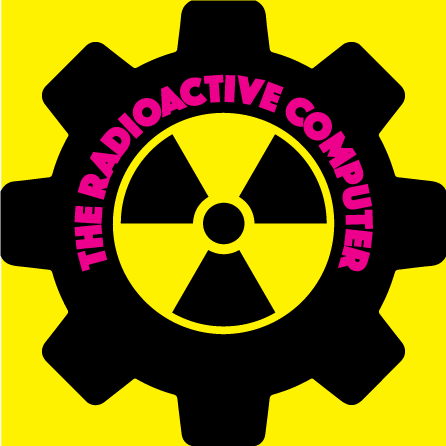Matchmaking Systems, Features and Challenges
- Cole Conrad Shrader
- Oct 23, 2018
- 4 min read
When participating in any sort of competition, a fair balance of skill on each team makes the entire event vastly more enjoyable. In gaming this must be accomplished as well. But seeing as millions of players internationally attempt to find games to play at the same time, it can be a hassle attempting to sort them out, especially when those players can't meet face to face and decide if they would want to play with the other. Computers do achieve this though, through the combination of several statistics provided to the algorithm and several restrictions set by the computer, people who can effectively communicate and play at the same level are put on the same team.

An example of poor matchmaking in the game For Honor (favoring orange)
If we are to analyze what a computer takes from the player to find a match we have to understand the differences between different games, and what the computer can take. The most simple types of games are duel games, where one player faces off against one player. Usually expressed as fighting games there is a small amount of effective information that the player can provide. The most prominent of which is W/L ratio or win loss ratio. Your W/L is a general example of your ability to play the game and is used in almost all matchmaking systems. On top of this there are some more specific stats, such as play time, lost health, and game completion. However the short matches and lack of different factors affecting the player makes for a pretty open and shut case.
The more complicated systems are in team based games, the larger the teams, the more complex the systems. Team games have a host of information that is not necessarily under the control of the player. Several factors must be observed in this including the role of the player, which determines everything else. For example, while you would look at the amount of kills racked up by a assassin as an example of their skill, it wouldn't be logical to look for the same stats in a healer. As such games with flexible roles assigned by the players can be very difficult to assess. There are a couple of general stats you can look at. Player cooperation, the number of times a player has been friended, or reported can be an indicator of how cooperative they were with their peers. Cooperation measurements used to be fairly rare but are becoming more and more common in recent days in the form of honor systems where players can provide medals that serve as recommendations. KDR or Kill Death Ratio is also important, determining how effective you are and approximately how long you can stay alive. On top of this some games create point systems to track how well their players do, issuing a point per round score. This can tell the computer how well they play the objective or preform actions that can't be shown through conventional records, such as healing. I got 5 eliminations in a match, but I healed for 700 health, this tells us nothing. But if we give these two stats a point score (1 point per elimination and one point per 100 health healed) we can understand that in terms of team value I helped people stay healthy more then I helped to eliminate people.
For restrictions the computer often sorts players into servers. Servers are based on the physical location and their proximity, as well as the players regional choice. Sometimes a player doesn't have his regional choice, for example the player could be in Africa where few companies place servers *COUGH COUGH* So they are placed in the nearest server, usually Europe. This proximity restriction is to make sure that players don't play with to high a ping, or lag. (ping is in reference to the time it takes for an action (ie. the pressing of a button on your computer) takes to reach the server, and is measured in milliseconds. Another restriction set is language. If players have set their game to a different language the computer will attempt to put them on separate teams for communication reasons.
Some major challenges the computer faces are in the impact of a team on the player. If a player is perfect and does amazingly, moving with expertise and preforming every task as it should be, but his team doesn't have a clue what its doing it could still mean the loss for him. This loss is not a good reflection of how he plays and as such reflects poorly on match making, hopefully this is avoided through the means told above or just made meaningless through the plethora of contradictory data already present. There is also the question of intent. Players could be playing to have fun, to test out new ideas or to simply mess around. They could also be playing professionally, or trying to test their skill and push themselves to new heights. Putting these two groups into the same ring can lead to some arguments and disagreements, so the way that this issue is resolved is by putting in two different game modes. often referred to as competitive, where its play to win, and quick play or casual, where people have fun.
All of these different solutions allow players to connect with other like minded individuals who work at the same level and are willing and able to communicate with the people around them. This provides a fun and engaging environment however the biggest threat to this is your player base, a lower player base means the computers will have to make some concessions in order to fit everyone in a match, also, remember that a more exact match making system will increase the wait times that each player goes through.
























Comments